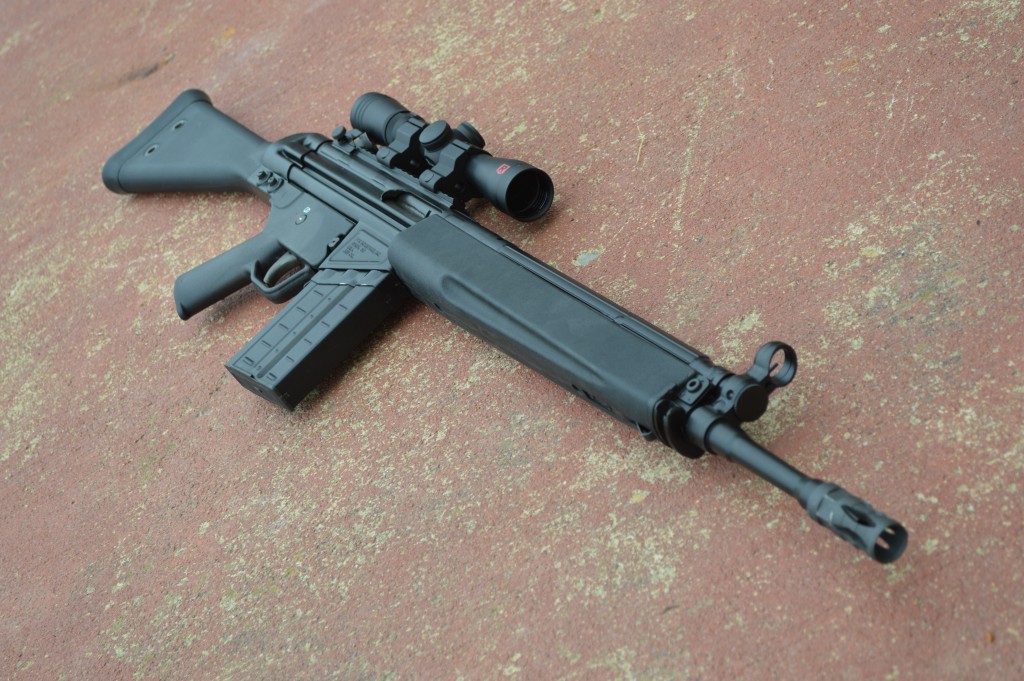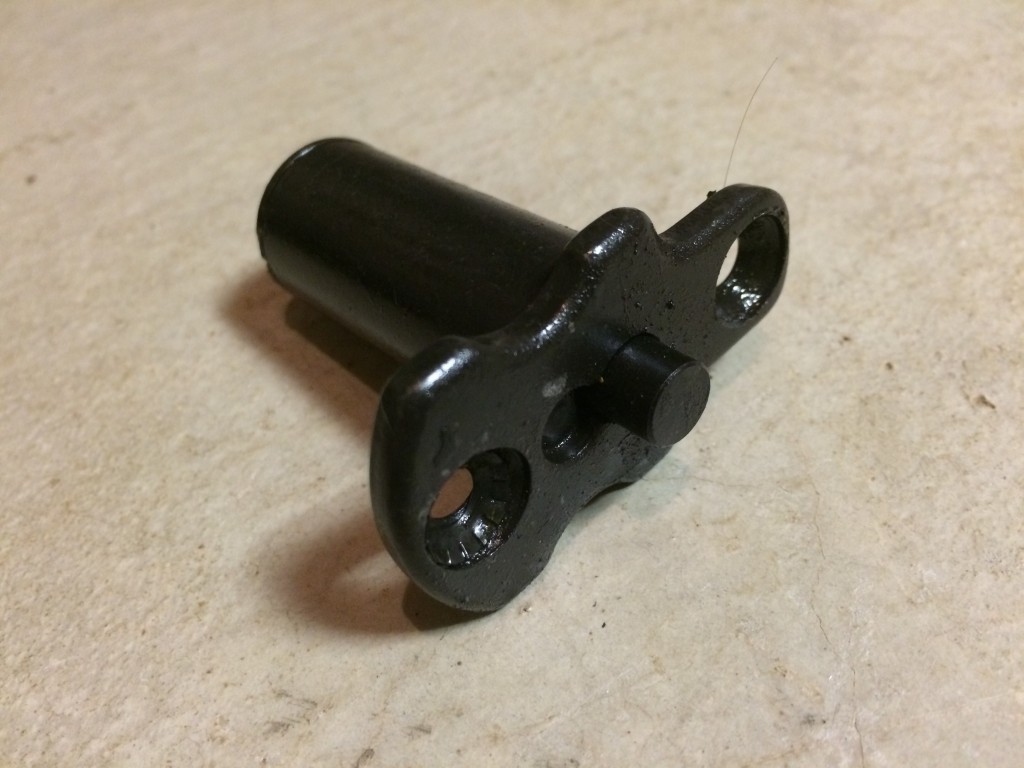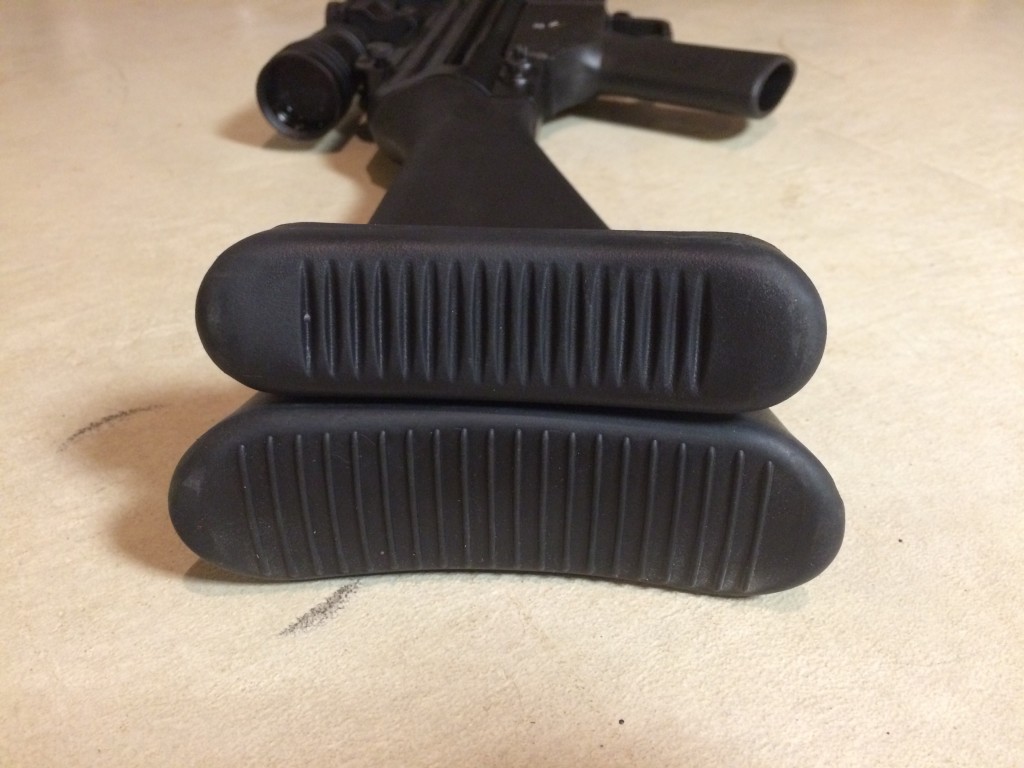Rifle 101: Recoil Mitigation with HK91, PTR-91, and Similar Rifles
The Heckler & Koch G3 and its civilian twin, the HK91, are undoubtedly legendary rifles. They’ve served around the world and are among the most reliable .30 caliber autoloaders available. Here in the US, replicas of the venerable design from companies like PTR Industries continue to fall in price and rise in popularity. Despite their success, HK91s and their cousins are often maligned for their relatively harsh recoil impulse. Compared to other options, like AR-10 and FAL variants, the HK’s heavy bolt/carrier and unique operation sometimes do validate this reputation. However, there are several simple modifications for roller locking rifles that can make them far more pleasant. I’ll highlight a few of my favorites here.
Locking Piece
The most drastic change you can make to an HK91 series rifle to mitigate recoil is to change the locking piece. The locking piece is critical to the firearm’s safe and reliable function. With the bolt closed, the locking piece is the part that pushes against the rollers and forces them into the recesses within the rifle’s trunnion. After a round is fired, the chamber pressure pushes the bolt and carrier rearward and the rollers press against the locking piece until it has moved back far enough for them to retreat into the bolt head. With the rollers clear of the trunnion, the bolt and carrier can freely cycle.
By default, most HK91s/PTR-91s come with unmarked 45-degree pieces. The locking piece’s angle is measured at the part’s nose, between the converging faces on either side of the firing pin hole. A more acutely angled locking piece takes longer to unlock, meaning lower chamber pressure on opening and slower bolt speed. To reduce its rate of fire for better controllability, the HK21E light machine gun includes a part with a tighter 36-degree angle between each face.
Changing my PTR-91’s locking piece for RCM’s US-made #17 reduced my rifle’s felt recoil by about 20%, but it also came with some additional benefits. Most importantly, my rifle is now 100% reliable when used with suppressors. Since roller locking rifles rely on blowback to operate, increasing backpressure (as a suppressor does) can negatively impact reliability and can even damage the firearm. With the standard locking piece, I frequently experienced double feeds while shooting suppressed. These issues have disappeared since making the swap.
Recoil Buffer
The recoil buffer is a standard feature of all HK91 style rifles. Intended to cushion the bolt carrier’s blow to the stock assembly, the buffer is critical to keeping the gun from beating itself to death. Without it, simply shooting the rifle could eventually push the stock off or damage the rear of the receiver.
While the recoil buffer is important to reliable function, it also helps to soften the gun’s recoil impulse. Out of the box, HK91s and PTR-91s come with short G3-style buffers that perform adequately, but leave room for improvement. In order to make the G3-based HK21 light machine gun more controllable, Heckler & Koch designed it with a heavier, longer buffer. With just a little modification to the standard stock, the heavy buffer will fit any HK91 or PTR-91 and will work without issue. Similar (and equally compatible) heavy buffers were designed for the PSG1 and MSG90 precision rifles.
Those looking to save a few bucks over the original German parts can find US-made enhanced heavy buffers at both HKParts and RobertRTG. The US parts also require no stock modification. I currently use the HKParts version and have found it to reduce felt recoil by around 15% (by my estimation), or approximately 10% if you’ve already installed a #17 locking piece. For just $60 or so, the enhanced heavy buffer is a cheap and easy way to improve your HK91 or PTR-91 rifle.
Muzzle Brake
Like most rifles, adding a muzzle brake to your HK91 or PTR-91 can go a long way in reducing recoil. Since muzzle brakes typically enhance the jarring concussive blast emitted by each shot, you won’t make many friends while using one. Even so, ported brakes like the ones offered by Griffin Armament and Rugged Suppressors are highly effective on my PTR-91. By themselves, these muzzle devices can shave off around 15% of the rifle’s recoil, but the advantage is somewhat diminished when used alongside heavy recoil buffers and optimized locking pieces.
Butt Pad
Technically speaking, a rifle’s butt pad has nothing to do with recoil. However, that doesn’t mean that the part has no effect on how recoil is perceived. In addition to the aforementioned upgrades that Heckler & Koch designed for the HK21E and PSG1, the company also developed a heavier, wider butt pad for its light machine gun and precision rifles. Compared to the stock part, the heavy butt pad offers nearly twice as much shoulder real estate. Distributing the rifle’s recoil over a larger surface results in a small, but noticeable, improvement in perceived recoil that I consider well worth the $50 asking price.
As you can see, there are several ways to make your HK91-style rifle more enjoyable at the range. Fortunately, all of these options are relatively affordable and most should be able to find all of the recommended accessories for under $250 in total, but it isn’t absolutely necessary to change everything. If one or two of the above solutions sounds appealing, the others can be ignored with no real downsides. Ultimately, your budget and tolerance for recoil are the only limitations.
An information security professional by day and gun blogger by night, Nathan started his firearms journey at 16 years old as a collector of C&R rifles. These days, you’re likely to find him shooting something a bit more modern – and usually equipped with a suppressor – but his passion for firearms with military heritage has never waned. Over the last five years, Nathan has written about a variety of firearms topics, including Second Amendment politics and gun and gear reviews. When he isn’t shooting or writing, Nathan nerds out over computers, 3D printing, and Star Wars.





